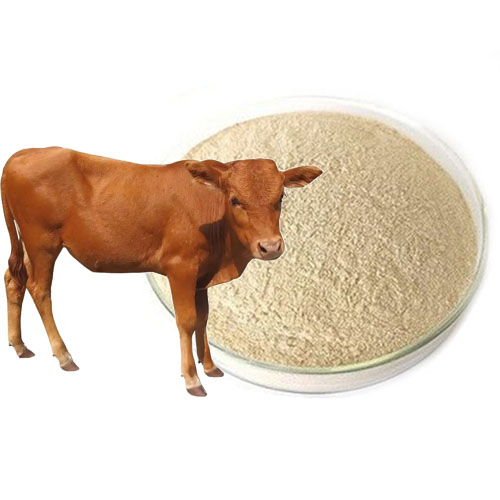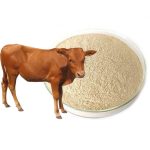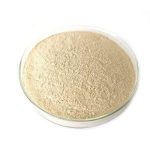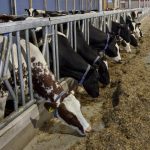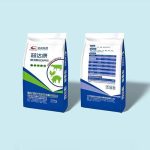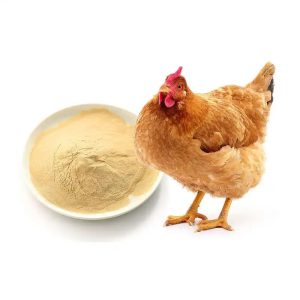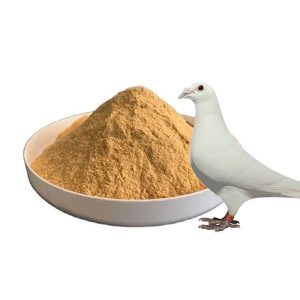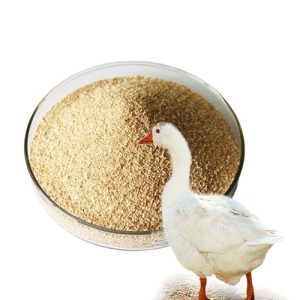Cattle feed yeast is a game-changer for livestock, offering a multitude of benefits. For beef cattle, it accelerates daily weight gain, shortens the time to market, and significantly enhances meat quality. Dairy cows, on the other hand, experience an uptick in milk production, a boost in milk protein levels, and a reduction in the risk of mastitis. Reproductive benefits extend beyond that: the yeast improves conception rates in both breeding mothers and daughters, mitigating reproductive disorders caused by heat stress. Even more compelling, it elevates calf survival rates and strengthens the transmission of colostrum immunity.
Main Ingredients:
Probiotics such as Saccharomyces cerevisiae, Saccharomyces boulardii, Saccharomyces cerevisiae, Lactobacillus casei, Lactobacillus plantarum, Agrobacterium truncatum and their active metabolites, probiotic factors such as cellulase, glucanase, xylanase, vitamins, amino acids, bacterial degrading enzymes, natural attractants and other functional ingredients.
Technical indicators
| Appearance |
Light yellow to dark yellow uniform powder |
| granularity |
1.0-1.5 mm |
| Moisture |
≤15.0 % |
| Crude Protein |
≥20 % |
| Yeast |
≥2.0x108 CFU/g |
| Lactic acid bacteria |
≥2.0x108 CFU/g |
| Bacillus |
≥2.0x108 CFU/g |
| Cellulase |
≥1500 U/g |
| Xylanase |
≥350 U/g |
| Glucanase |
1700 U/g |
Scope of Application:
Beef Cattle
Dairy Cows
Breeding Cows
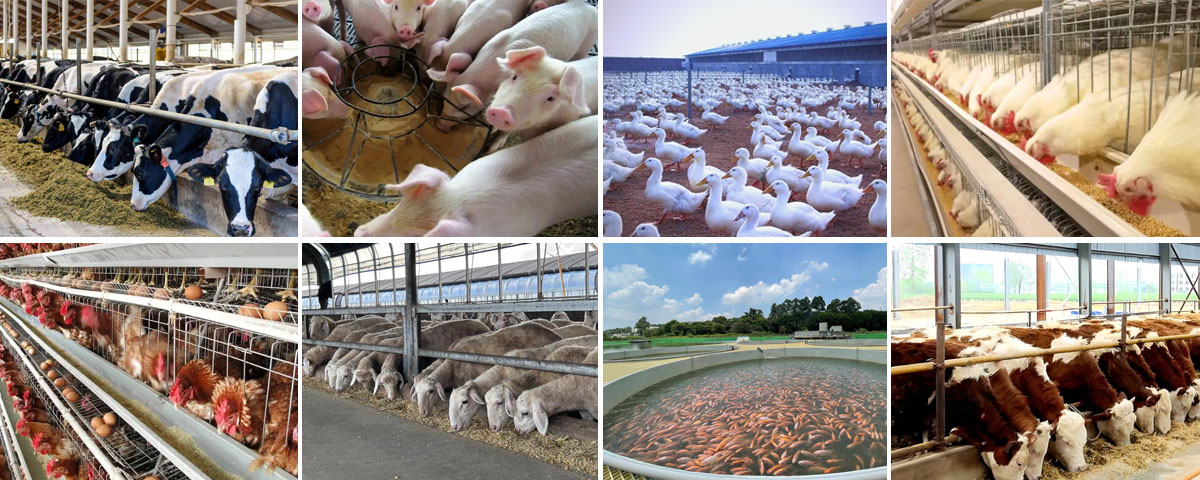
Function:
Stabilizing the Rumen Environment:
Balanced pH: Live yeast fosters the growth of lactic acid-utilizing bacteria (such as Megasphaera elsdenii), curbing lactic acid buildup and safeguarding against subacute ruminal acidosis (SARA). This is critical for high-concentrate fattening cattle and lactating dairy cows.
Inhibiting Harmful Bacteria: The manno-oligosaccharides (MOS) in yeast cell walls bind with pathogens like toxigenic Escherichia coli, diminishing rumen inflammation and enhancing gut health.
Boosting Fiber Digestibility:
Stimulating Cellulose-Decomposing Bacteria: The yeast’s metabolites—rich in organic acids and vitamins—nourish fiber-degrading bacteria (such as Ruminococcus flavefaciens), improving the digestibility of roughages like straw and hay by 8% to 15%.
Optimizing Energy and Protein Metabolism:
Increasing Volatile Fatty Acids (VFA): Yeast promotes propionic acid production, enhancing glucose synthesis efficiency, which leads to a rise in milk production for dairy cows.
Reducing Protein Degradation: It minimizes ammonia nitrogen loss in the rumen, increases the proportion of rumen-undegradable protein (RUP), and optimizes the overall utilization of dietary protein.
Lowering Methane Emissions:
By altering the fermentation pathway, yeast reduces methane production by a remarkable 10% to 20%, driving both environmental sustainability and improved feed efficiency.
Factory Equipment
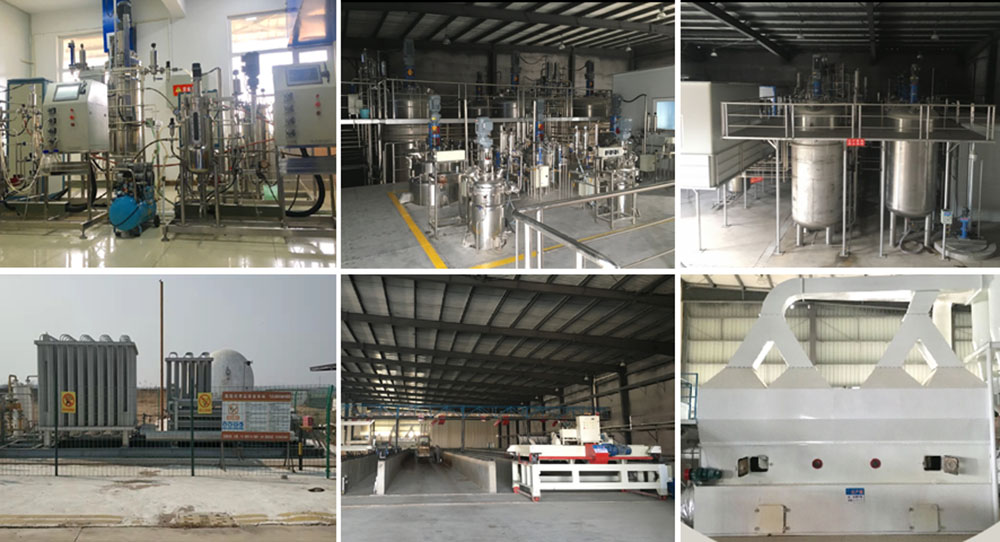
 Animal Feed Yeast-Yeast culture manufacturers
Animal Feed Yeast-Yeast culture manufacturers
